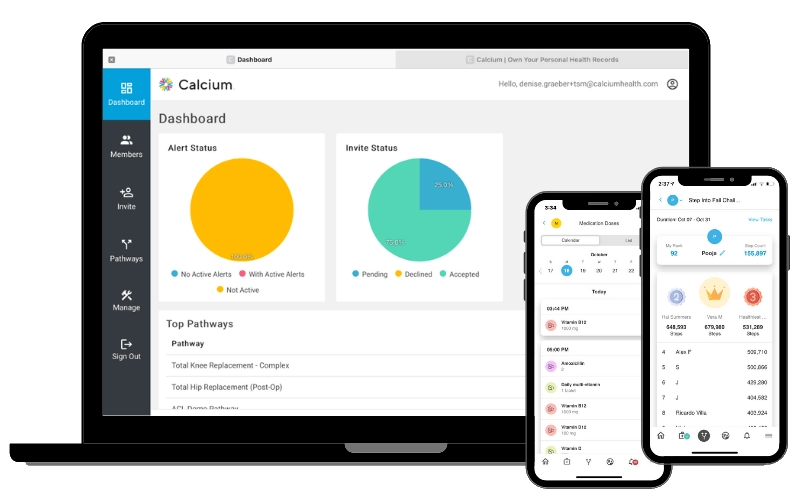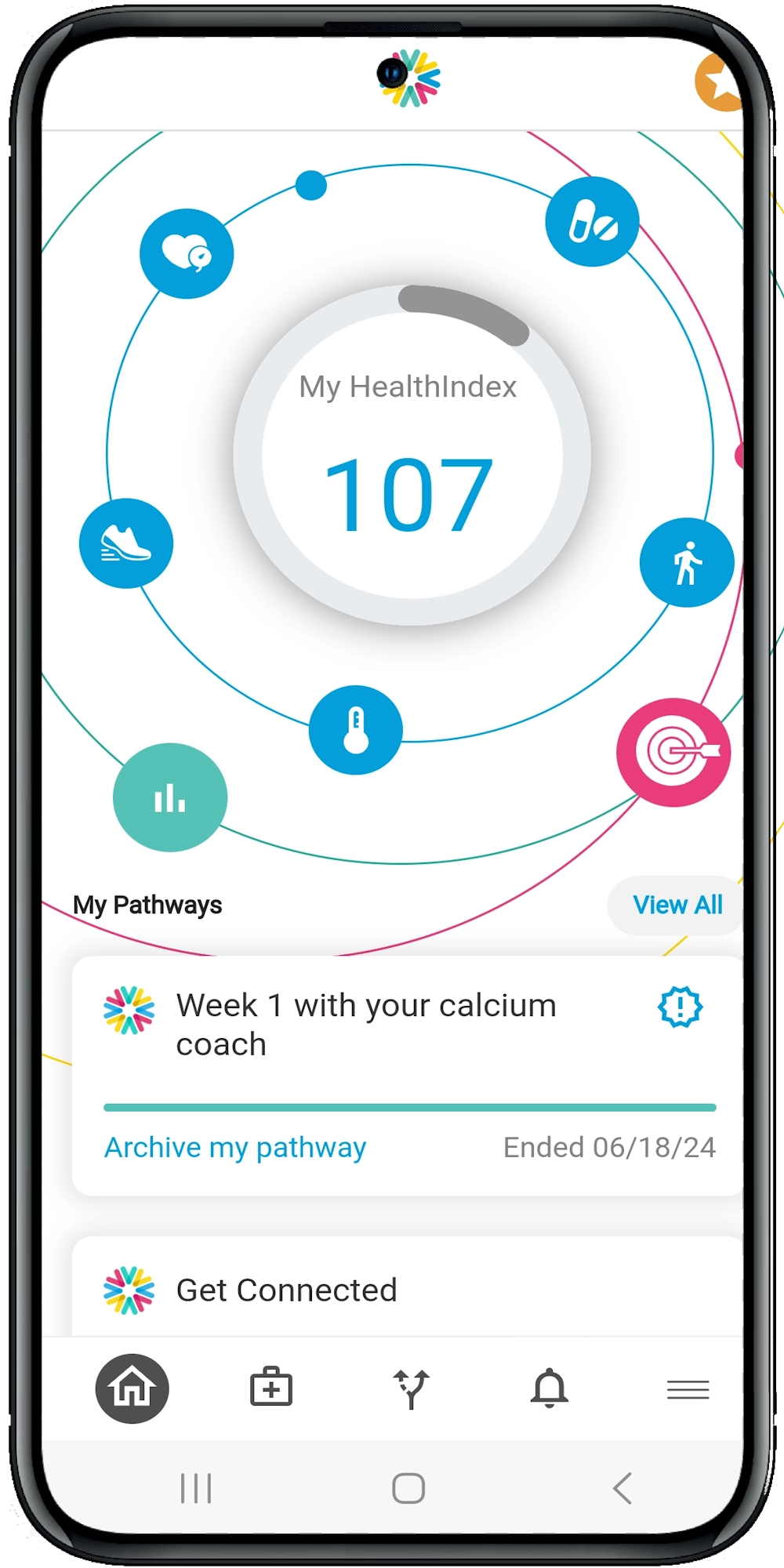How Digital Health Can Address Obesity Health Disparities
The Growing Obesity Crisis: A Snapshot
Obesity isn’t just about excess weight; it’s a multifaceted health condition that can lead to severe complications such as diabetes, heart disease, and certain cancers. According to the CDC, over 42% of adults in the U.S. are obese, with higher rates among certain racial and socioeconomic groups. This discrepancy underscores the urgent need for targeted interventions.
Leveraging Digital Health Tools
Digital health tools, including mobile apps, wearable devices, telemedicine, and AI-driven platforms, present a plethora of opportunities to address obesity. These tools can help in:
1. Personalized Care Plans
Digital health platforms can tailor weight management programs to individual needs, preferences, and medical histories. By leveraging data analytics, healthcare providers can create personalized care plans that are more effective and engaging for patients.
- Mobile Apps: Apps like MyFitnessPal or Lose It! allow users to track their diet, exercise, and weight loss progress.
- Wearables: Devices such as Fitbit and Apple Watch monitor physical activity and provide real-time feedback.
2. Remote Monitoring and Support
Telemedicine enables continuous monitoring and support, which is crucial for patients with obesity who may face barriers to frequent in-person visits. Remote consultations can help in:
- Regular Check-Ins: Virtual visits ensure consistent follow-up, making it easier to adjust treatment plans as needed.
- Behavioral Counseling: Access to mental health professionals via telehealth can address emotional and psychological aspects of obesity.
3. Enhancing Patient Engagement
Digital tools can significantly boost patient engagement by providing interactive and user-friendly platforms. Engaged patients are more likely to adhere to their treatment plans and achieve better outcomes.
- Gamification: Incorporating game-like elements in health apps can motivate patients to reach their goals.
- Social Support Networks: Online communities and support groups offer encouragement and accountability.
4. Data-Driven Insights
AI and machine learning can analyze vast amounts of data to identify patterns and predict outcomes, helping clinicians make informed decisions. This can be particularly useful in:
- Predictive Analytics: Identifying patients at risk of obesity-related complications early on.
- Tailored Interventions: Customizing treatment plans based on data-driven insights.
5. Addressing Health Disparities
Digital health tools can help reduce health disparities by making obesity care more accessible and affordable. They can reach underserved populations who may lack access to traditional healthcare services.
- Telehealth Services: Providing care to patients in rural or low-income areas.
- Multilingual Platforms: Offering resources in multiple languages to cater to diverse populations.
Implementing Digital Health Solutions: Best Practices
To effectively integrate digital health tools into obesity care, healthcare providers should consider the following best practices:
1. Training and Education
Ensure that both healthcare professionals and patients are well-versed in using digital health tools. This can involve:
- Workshops and Webinars: Offering training sessions to familiarize staff with new technologies.
- Patient Education: Providing tutorials and resources to help patients navigate digital platforms.
2. Interoperability
Digital health tools should seamlessly integrate with existing healthcare systems to ensure smooth data flow and coordination.
- EHR Integration: Syncing digital tools with Electronic Health Records for comprehensive patient data.
- Cross-Platform Compatibility: Ensuring that tools work across different devices and operating systems.
3. Privacy and Security
Protecting patient data is paramount. Implement robust security measures to safeguard sensitive information.
- Data Encryption: Utilizing encryption to protect data during transmission and storage.
- Compliance: Adhering to regulations such as HIPAA to ensure patient confidentiality.
4. Continuous Evaluation
Regularly assess the effectiveness of digital health tools and make necessary adjustments.
- Feedback Mechanisms: Collecting input from both patients and healthcare providers.
- Performance Metrics: Monitoring key performance indicators to gauge success.
Real-World Success Stories
Several healthcare organizations have successfully implemented digital health tools to tackle obesity. For instance:
- Kaiser Permanente: Their telehealth program has shown significant improvements in weight loss and patient satisfaction.
- Mayo Clinic: Utilizing AI-driven platforms to personalize weight management plans and predict patient outcomes.
Summary and Suggestions
Digital health tools offer a promising avenue to address obesity health disparities, providing personalized care, enhancing patient engagement, and making healthcare more accessible. By leveraging these technologies, healthcare providers can play a pivotal role in combating the obesity epidemic and improving patient outcomes.
Ready to learn more about how digital health can transform your practice? Explore our other resources or schedule a demo to discover our cutting-edge solutions tailored for obesity care.





